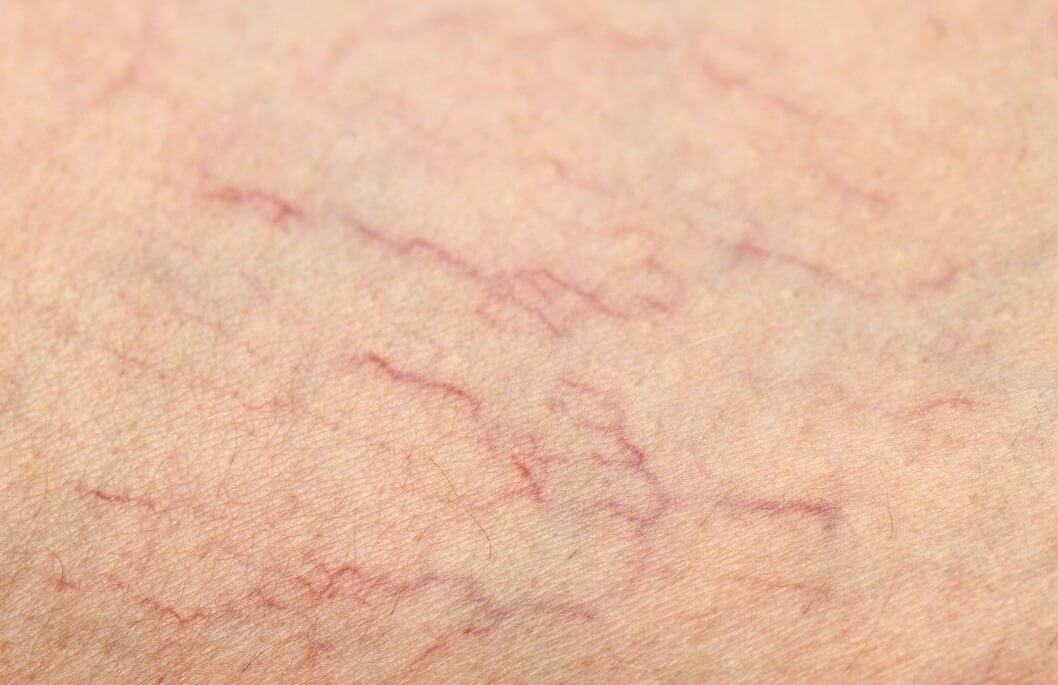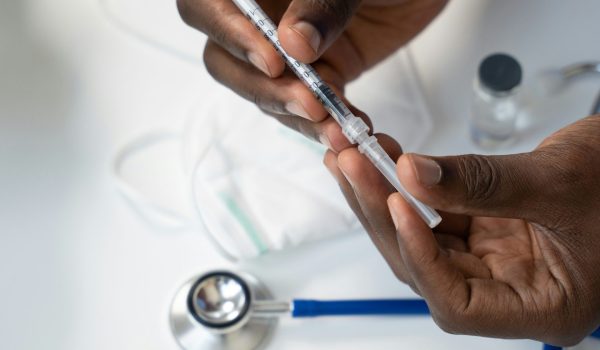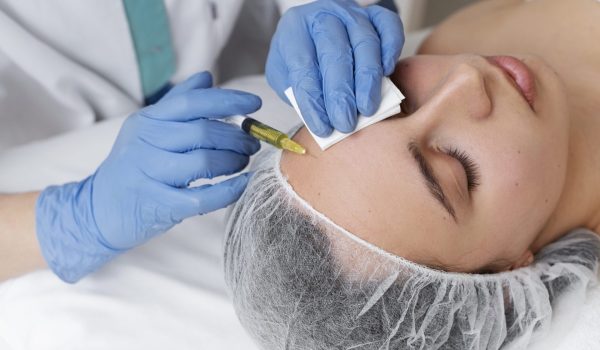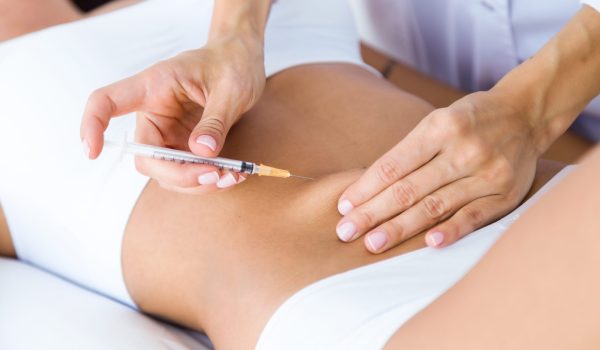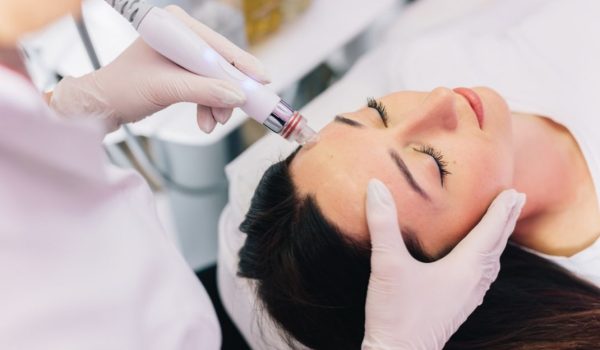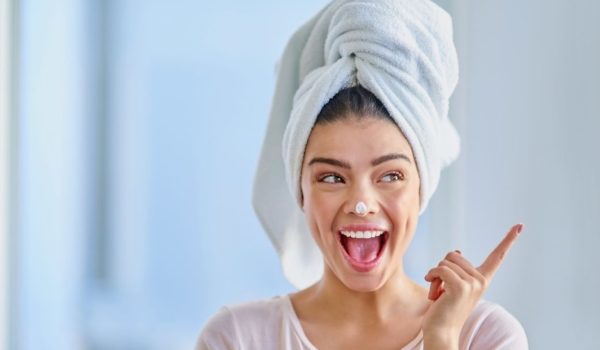What is the Best Treatment for Thread Veins on the Face?
-
By: Adam Diwan
-
March 4, 2024
Thread veins, also known as spider veins, are small, damaged blood vessels that appear on the surface of the skin.
Commonly found on the face, these veins can cause cosmetic concerns for many individuals.
Understanding the treatment options available is key to managing this condition effectively.
This article explores various treatments for facial thread veins, providing insights into their benefits and potential drawbacks.
By the end, you will have a clearer idea of the best treatment for thread veins on the face.
What are Thread Veins?
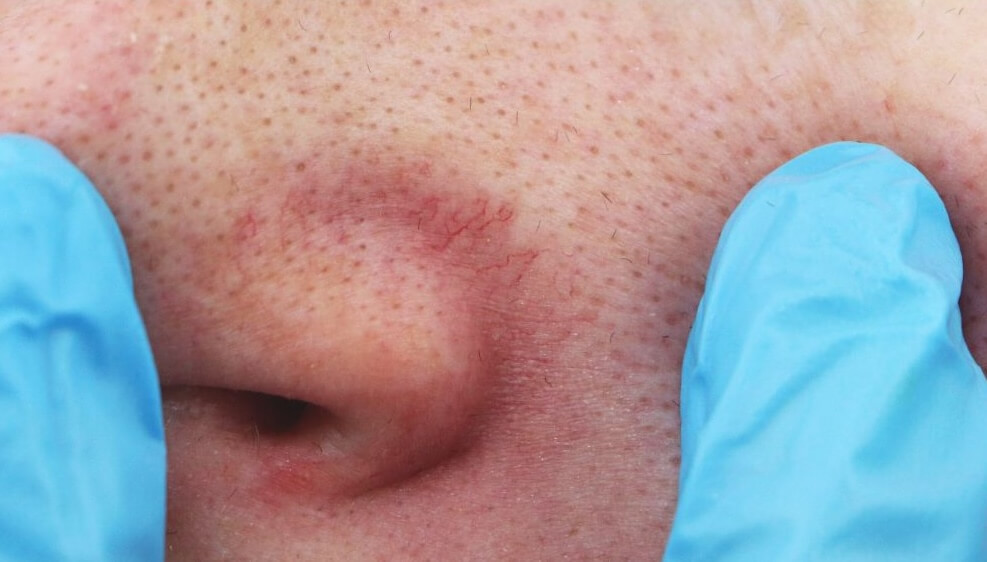
Thread veins, or spider veins, are tiny blood vessels that become visible near the surface of the skin.
They often appear as red, blue, or purple lines and can look like a web or tree branches.
These veins are usually harmless but can be a source of self-consciousness due to their appearance.
Several factors can cause thread veins on the face, including genetics, sun exposure, ageing, and hormonal changes.
People with fair skin are more prone to developing these veins, especially if they spend a lot of time in the sun.
Additionally, conditions like rosacea can increase the likelihood of thread veins.
Symptoms of thread veins include visible, thin lines on the skin, which can sometimes cause mild discomfort or a burning sensation.
Identifying these veins early on is essential to managing and treating them effectively.
Are there Risks to Thread Veins on the Face?
Thread veins on the face are usually harmless, but leaving them untreated can lead to potential complications.
Although these veins are primarily a cosmetic issue, they can impact the skin’s overall appearance, leading to concerns about aesthetics and self-esteem.
In some cases, thread veins may cause mild discomfort or a burning sensation.
Additionally, they can be a sign of underlying conditions, such as rosacea, which may require medical attention.
The psychological impact should not be underestimated, as visible thread veins can affect one’s confidence and social interactions.
Seeking treatment for thread veins is beneficial not only for improving appearance but also for maintaining skin health.
Timely intervention can prevent the veins from worsening and reduce any associated discomfort.
Sclerotherapy
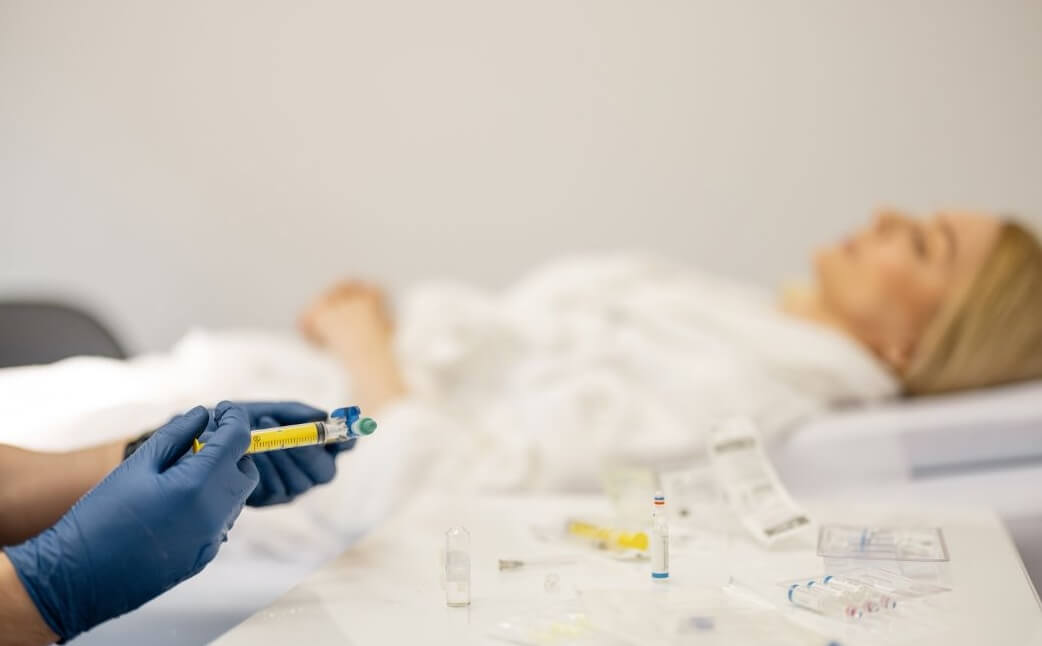
Sclerotherapy is a well-known cosmetic treatment for thread veins, involving the injection of a solution directly into the affected veins.
This solution irritates the vein walls, causing them to collapse and eventually be absorbed by the body.
Over time, the treated veins fade, leaving the skin clearer.
The procedure is straightforward and usually performed in a clinic. A fine needle is used to inject the sclerosing solution, and the process typically takes around 30 minutes to an hour, depending on the number of veins being treated.
Sclerotherapy is particularly effective for small to medium-sized thread veins and is often recommended for facial veins.
The benefits of sclerotherapy treatments include their effectiveness and minimal downtime. Most patients can return to their normal activities shortly after the treatment.
However, there are some possible side effects to consider, such as temporary redness, bruising, or swelling at the injection site.
In rare cases, more severe complications can occur, such as skin ulcers or allergic reactions.
For those interested in exploring this option, more information can be found on the sclerotherapy treatments page.
Laser Treatment
Laser treatment is another popular method for addressing thread veins. This procedure uses focused light energy to target and destroy the veins, causing them to fade and disappear over time.
Various types of lasers are employed for this purpose, including pulsed dye lasers and Nd:YAG lasers.
During the treatment, a hand-held device emits laser pulses onto the skin, targeting the thread veins without affecting the surrounding tissue.
The procedure typically takes 15 to 30 minutes, depending on the size and number of veins being treated.
Laser treatment is effective for both small and large veins and is suitable for most skin types.
The advantages of laser treatment include its precision and relatively quick results. Many patients notice an improvement after just one session, although multiple treatments may be required for optimal results.
However, there are potential risks, such as temporary redness, swelling, or pigmentation changes in the treated area.
In some cases, blistering or scarring can occur.
Recovery time is usually minimal, with most individuals resuming their daily activities immediately.
You need to follow the aftercare instructions provided by the practitioner to provide the best outcome.
IPL
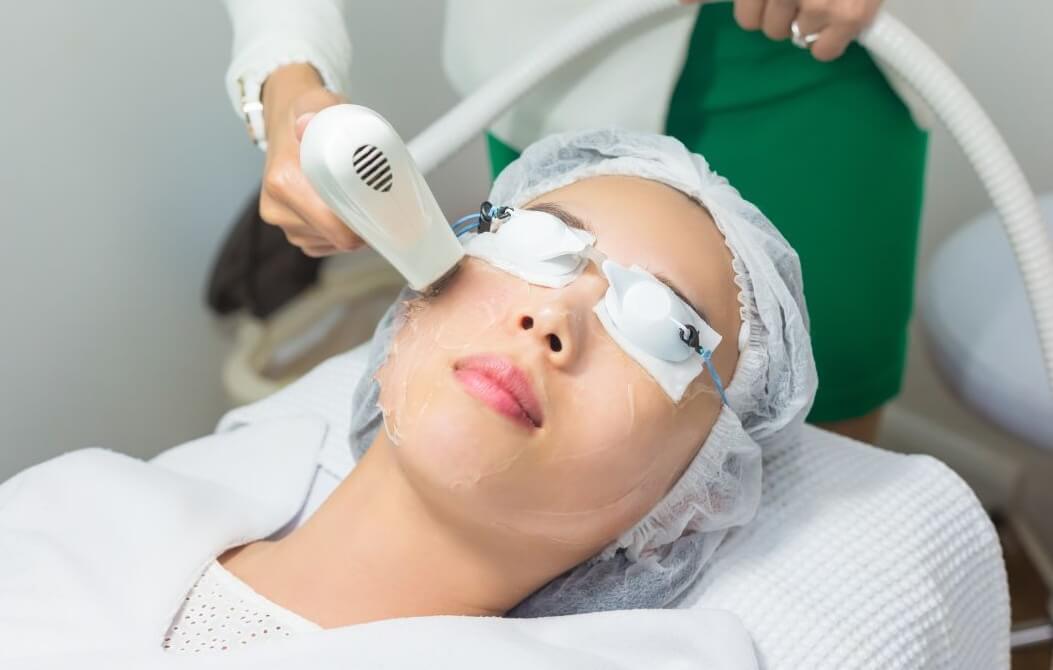
Intense Pulsed Light (IPL) treatment is another effective option for treating facial thread veins.
Unlike lasers, which use a single wavelength of light, IPL employs multiple wavelengths to target the veins.
This broader spectrum of light penetrates the skin and is absorbed by the blood vessels, causing them to collapse and fade.
The IPL procedure involves a handheld device that emits pulses of light onto the skin.
Each session lasts about 20 to 30 minutes, and the number of treatments needed varies depending on the severity of the thread veins.
IPL is particularly beneficial for those with lighter skin tones and is effective for both small and large veins.
One of the key benefits of IPL treatment is its versatility. It can address various skin concerns in addition to thread veins, such as sun damage and pigmentation issues.
The treatment is generally well-tolerated, with minimal discomfort. However, some side effects can occur, such as redness, swelling, or temporary changes in skin colour.
Patients typically experience a short recovery period, with most resuming normal activities soon after the treatment.
Treating thread veins on the face is essential for maintaining skin health and appearance.
This article has discussed various options, including sclerotherapy, laser treatment, and IPL.
Each treatment has its benefits and considerations, consult with a healthcare professional to determine the best choice for your needs.
For further advice or to book a consultation, please contact us.
Related Posts
-
By: Adam Diwan
-
September 23, 2024
How to Start an Aesthetics Business
-
By: Adam Diwan
-
September 23, 2024
Top 5 Fat-Dissolving Products to Use in Your Clinic
-
By: Adam Diwan
-
July 23, 2024
Top 10 Vitamin Injections for Health and Beauty
-
By: Adam Diwan
-
July 2, 2024
How to Switch from Saxenda to Mounjaro
-
By: Adam Diwan
-
June 25, 2024
Mesotherapy vs Microneedling: A Side Effect Guide
-
By: Adam Diwan
-
June 18, 2024

